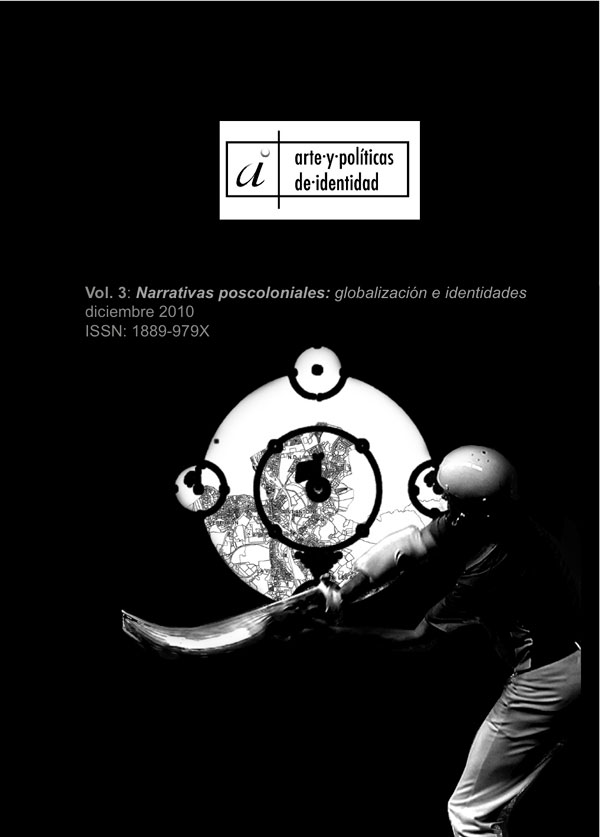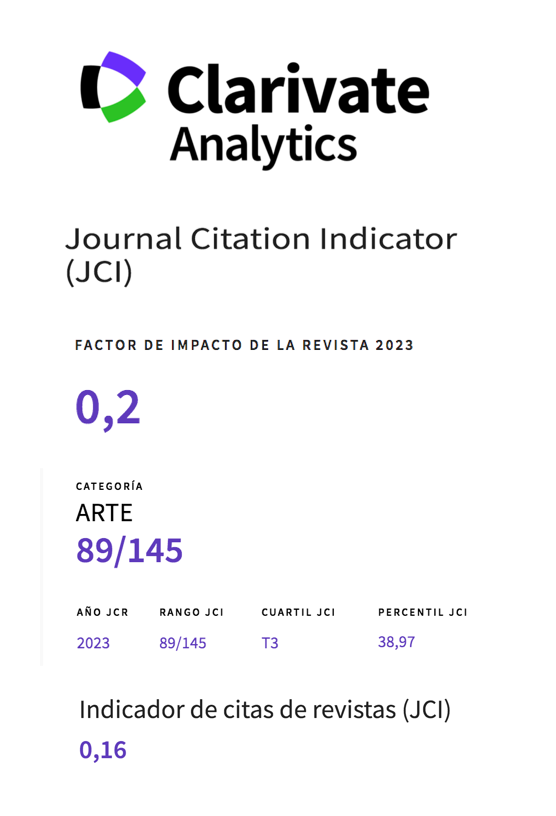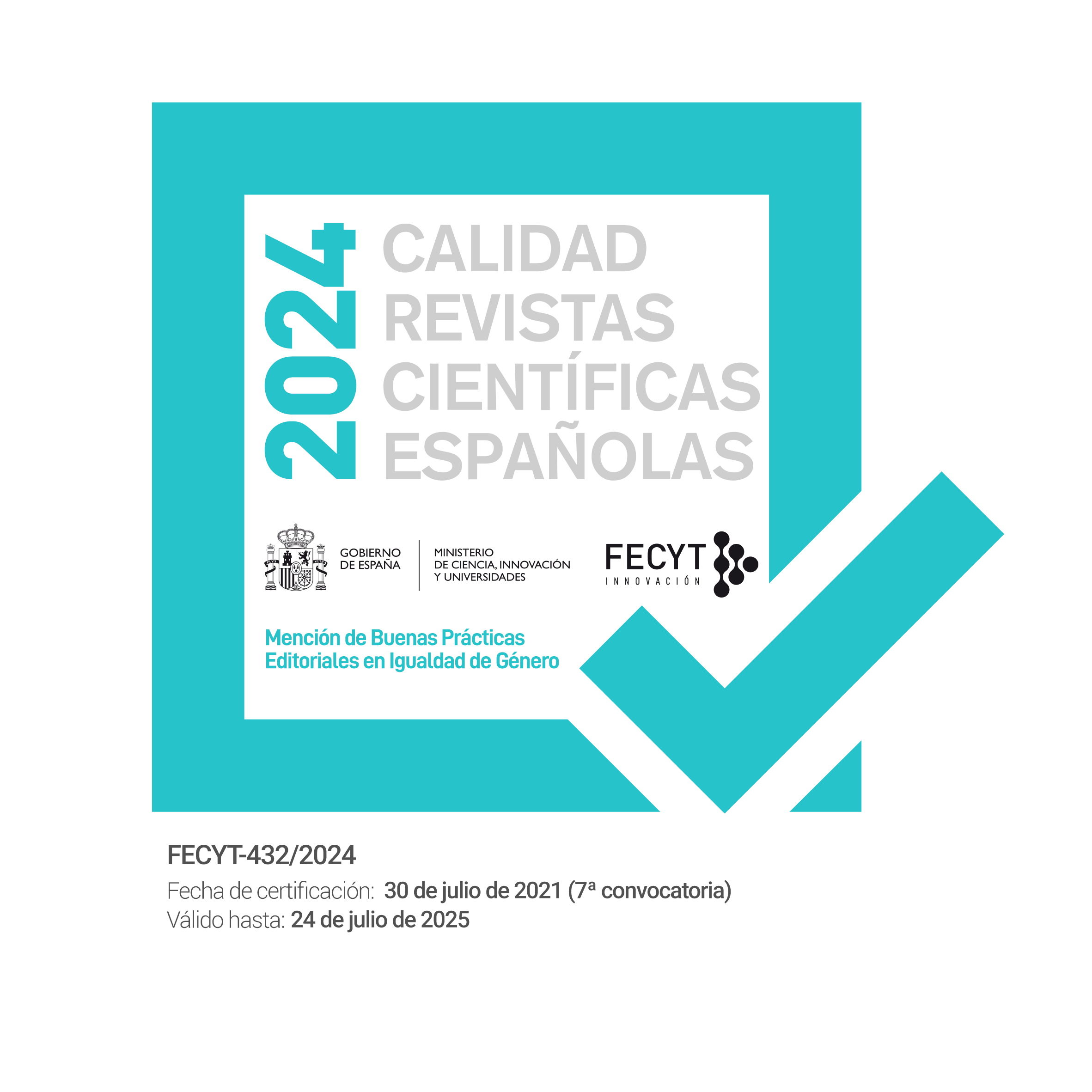Arqueología de la imagen. Historia del cine experimental en Uruguay
Resumen
“Arqueología de la Imagen”, es el nombre de la investigación en curso dirigida por quien escribe. La misma se desarrolla en la Fundación de Arte Contemporáneo, colectivo de artistas con sede en la ciudad de Montevideo. Esta investigación toma como punto de partida, la recuperación de la memoria fílmica del país y crea a partir de esta un foco de producción audiovisual donde convergen diferentes modos de concebir el cine.Descargas
-
Resumen476
-
PDF788
Citas
Artaud, Antonin (1982 [1927]). El cine (2º ed.). Madrid: Alianza.Benjamin, Walter (1991 [1936]). El narrador. Madrid: Taurus, Madrid.
----------(aut.). La Metafísica de la Juventud. Barcelona: Paidós Ibérica, S.A.
Didi Huberman, George (2007). Cuando las imágenes tocan lo real. Conferencia realizada en el Museo de Arte Contemporáneo de Barcelona (MACBA). Conferencia revisada de http://www.macba.es/uploads/20080408/Georges_Didi_Huberman_ Cuando_las_imagenes_tocan_lo_real.pdf
Dossetti, Santiago (1964). Epílogo. Catálogo del V Festival de Cine Documental y Experimental del SODRE.
Hintz, Eugenio (1948). Editorial. Revista Cine Club, N° 1.
Paternain, Alejandro (1968). Los Poetas después del Centenario. Revista Capítulo Oriental, Nº 24.
Pereda, Fernando (1946). El Gabinete del Doctor Caligari, Revista Marcha, N°337, pag. s/n.
---------(1952). Situación de los films primitivos, Revista Cine Club, Nº15, 37.
---------(1990). Pruebas al canto. Montevideo: Arca.
Rodríguez Monegal, Emir (1966). Literatura uruguaya de Medio Siglo. Montevideo: Alfa.
Zum Felde, Alberto (1985). Proceso intelectual de Uruguay, Tomos I, II y III. Montevideo: Librosur.
Works published in this journal are subject to the following terms:
- The Service of Publications from the University of Murcia (publishing house) keeps the published works’ copyrights, and favors and allows the reuse of these works under the license indicated in point 2.
- Works are published in the journal’s online edition under the license Creative Commons Reconocimiento-NoComercial-SinObraDerivada 3.0 España(texto legal). They can be copied, used, disseminated, transmitted and publicly exhibited, as long as: i) the author and original source of publication are cited (journal, publishing house and work’s URL); ii) they are not used for commercial purposes; iii) the existence and specifications of this license are mentioned.
3. Conditions for auto-file. It is allowed and encouraged that authors share electronically their pre-print version (the pre-reviewed version) and /or post-print version (the reviewed and accepted version) of their Works before the publication, since it promotes its circulation and dissemination. RoMEO color: green.










